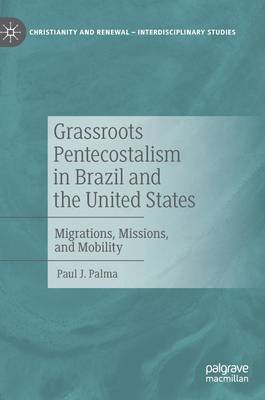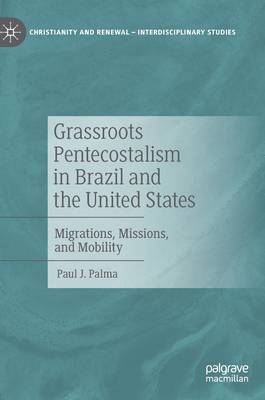
- Retrait gratuit dans votre magasin Club
- 7.000.000 titres dans notre catalogue
- Payer en toute sécurité
- Toujours un magasin près de chez vous
- Retrait gratuit dans votre magasin Club
- 7.000.0000 titres dans notre catalogue
- Payer en toute sécurité
- Toujours un magasin près de chez vous
Grassroots Pentecostalism in Brazil and the United States
Migrations, Missions, and Mobility
Paul J PalmaDescription
This book offers an historical and comparative profile of classical pentecostal movements in Brazil and the United States in view of their migratory beginnings and transnational expansion. Pentecostalism's inception in the early twentieth century, particularly in its global South permutations, was defined by its grassroots character. In contrast to the top-down, hierarchical structure typical of Western forms of Christianity, the emergence of Latin American Pentecostalism embodied stability from the bottom up--among the common people. While the rise to prominence of the Assemblies of God in Brazil, the Western hemisphere's largest (non-Catholic) denomination, demanded structure akin to mainline contexts, classical pentecostals such as the Christian Congregation movement cling to their grassroots identity. Comparing the migratory and missional flow of movements with similar European and US roots, this book considers the prospects for classical Brazilian pentecostals with an eyeon the problems of church growth and polity, gender, politics, and ethnic identity.
Spécifications
Parties prenantes
- Auteur(s) :
- Editeur:
Contenu
- Nombre de pages :
- 281
- Langue:
- Anglais
- Collection :
Caractéristiques
- EAN:
- 9783031133701
- Date de parution :
- 28-09-22
- Format:
- Livre relié
- Format numérique:
- Genaaid
- Dimensions :
- 148 mm x 210 mm
- Poids :
- 508 g

Les avis
Nous publions uniquement les avis qui respectent les conditions requises. Consultez nos conditions pour les avis.






